Secondhand Shopping: A New Era Of Sustainable Style?
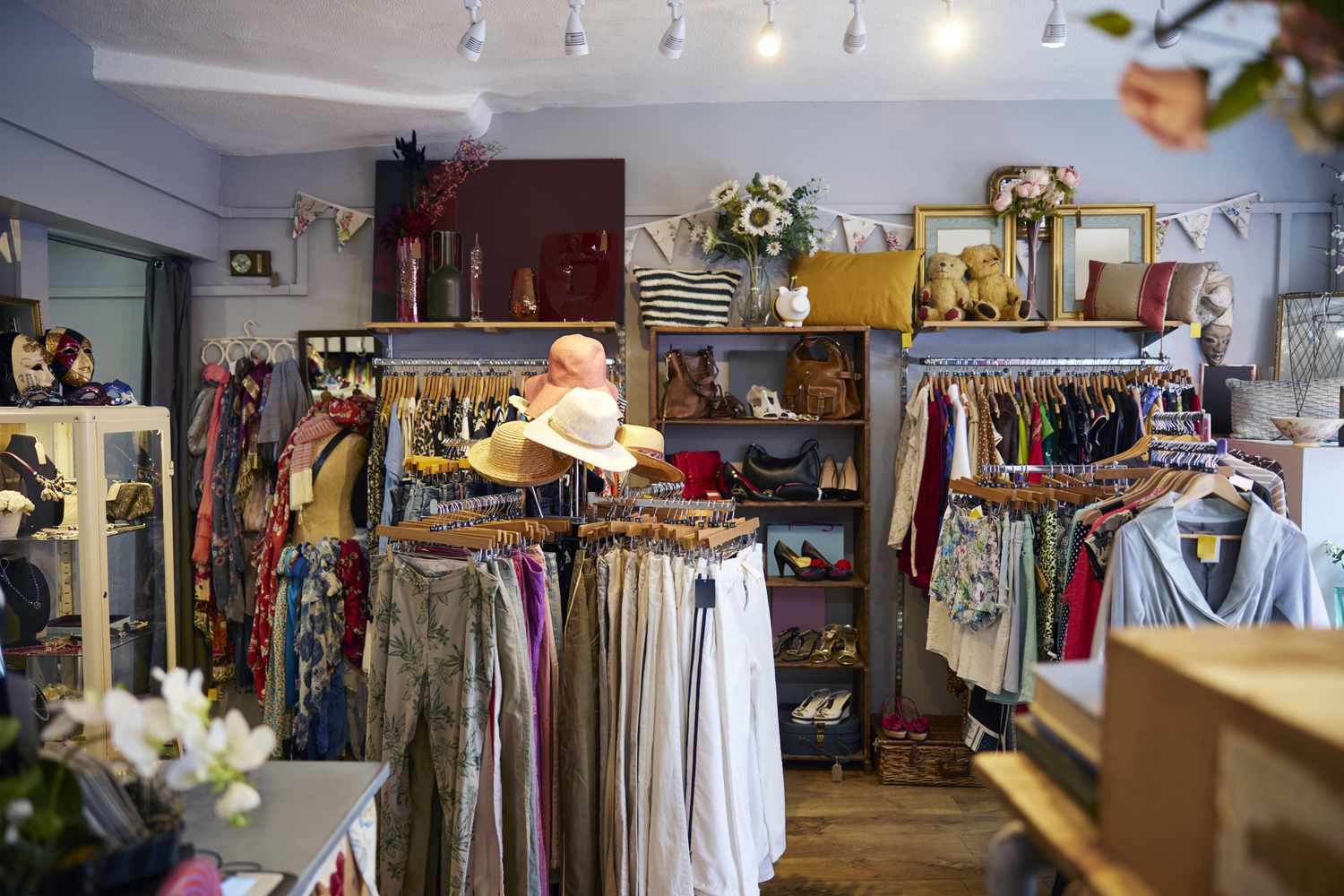
Table of Contents
The Environmental Impact of Secondhand Shopping
The fashion industry's environmental impact is staggering. Secondhand shopping offers a powerful antidote to this crisis by significantly reducing our environmental footprint.
Reducing Textile Waste
The sheer volume of textile waste generated by the fast fashion industry is alarming. Millions of tons of clothing end up in landfills annually, contributing to pollution and harming ecosystems. Secondhand shopping diverts garments from this wasteful cycle, extending the lifespan of clothing and minimizing landfill contributions.
- Statistics: The EPA estimates that Americans throw away approximately 11.3 million tons of textiles annually.
- Clothing Lifespan: The average lifespan of a garment is decreasing, leading to increased consumption and disposal.
- Impact of Reducing Landfill Waste: Diverting clothing from landfills reduces methane emissions (a potent greenhouse gas) and minimizes pollution from textile decomposition.
Lowering Carbon Footprint
Producing new clothing is an energy-intensive process with a substantial carbon footprint. From raw material extraction to manufacturing, transportation, and packaging, each stage contributes to greenhouse gas emissions. Buying pre-owned clothing dramatically reduces these emissions, as the carbon footprint associated with production is already accounted for.
- Manufacturing Processes: Processes like cotton farming, dyeing, and textile manufacturing consume vast amounts of water and energy.
- Transportation Costs: Shipping new clothes globally generates significant carbon emissions.
- Reduced Water and Energy Consumption: Choosing secondhand avoids the environmental costs associated with producing new garments.
Promoting Sustainable Consumption
Secondhand shopping aligns perfectly with the principles of a circular economy, which aims to minimize waste and maximize the use of resources. By choosing pre-owned clothing, we actively participate in this sustainable model, promoting responsible consumption and reducing overconsumption.
- Sustainable Brands Embracing Secondhand: Many eco-conscious brands are now actively promoting secondhand markets, recognizing its importance in their sustainability strategies.
- Clothing Longevity: Secondhand shopping encourages a shift from a disposable mindset to one that values the longevity of clothing items.
The Economic Benefits of Secondhand Shopping
Beyond its environmental advantages, secondhand shopping offers compelling economic benefits.
Affordable Fashion
Buying pre-owned clothing is significantly more affordable than purchasing new items, making stylish apparel accessible to a wider range of consumers. This is particularly beneficial for budget-conscious individuals and families.
- Price Comparison: Secondhand items often cost a fraction of the price of their new counterparts.
- Finding the Best Deals: With a little effort, you can find incredible deals on high-quality, pre-owned clothing.
- Popular Secondhand Marketplaces: Online platforms and apps have made accessing secondhand clothing easier than ever before.
Supporting Local Economies
Secondhand shopping isn't just about individual savings; it also boosts local economies. Small businesses and individual sellers benefit directly from the increased demand for pre-owned goods.
- Successful Secondhand Businesses: Many thriving businesses are built around the secondhand market, creating jobs and contributing to local economies.
- Entrepreneurial Opportunities: The secondhand market offers opportunities for individuals to start their own businesses, whether online or brick-and-mortar.
- Community Aspects: Secondhand shops and markets often foster a sense of community among buyers and sellers.
Secondhand Shopping: A Shifting Social Perception
For years, wearing secondhand clothing carried a negative stigma. However, this perception is rapidly changing.
Overcoming the Stigma
Social media and influencers have played a crucial role in normalizing and even glamorizing secondhand shopping. Celebrities showcasing pre-owned outfits have further helped to dispel the outdated stigma.
- Influence of Social Media: Platforms like Instagram and TikTok showcase the unique style and affordability of secondhand clothing.
- Celebrities Embracing Secondhand Style: Many prominent figures are now proudly wearing pre-owned items, demonstrating its acceptance within popular culture.
- Shifting Cultural Norms: A growing awareness of sustainability and ethical consumption is driving a positive shift in attitudes towards secondhand clothing.
The Rise of "Thrifting" as a Trend
"Thrifting" has evolved from a niche activity to a mainstream trend, particularly among younger generations. This reflects a growing desire for unique, affordable, and sustainable fashion choices.
- Popularity of Thrift Stores: Thrift stores are experiencing a surge in popularity, attracting a diverse range of customers.
- Online Secondhand Platforms: The proliferation of online secondhand marketplaces has greatly expanded access to pre-owned clothing.
- Upcycling and Restyling Trends: The act of upcycling and restyling secondhand clothing is becoming increasingly popular, adding creativity and individuality to the process.
Uniqueness and Personal Style
One of the most appealing aspects of secondhand shopping is the opportunity to discover unique, one-of-a-kind pieces that reflect individual style. It's a treasure hunt for fashion enthusiasts.
- Unique Finds: Secondhand shops offer a chance to unearth hidden gems and vintage items unavailable in mainstream stores.
- Creating a Distinctive Personal Style: Secondhand shopping allows for the creation of a truly personal and unique style, reflecting individual taste and creativity.
- The Joy of Discovery: The thrill of discovering a perfect piece in a secondhand shop is a rewarding experience for many shoppers.
Conclusion
Secondhand shopping offers a compelling combination of environmental responsibility, economic benefits, and stylish individuality. By choosing pre-owned clothing, we reduce textile waste, lower our carbon footprint, and support local economies. The stigma associated with secondhand clothing is rapidly fading, replaced by a growing appreciation for its sustainability and unique appeal. Start your journey towards sustainable style with secondhand shopping today! Explore local thrift stores, online marketplaces, or consignment shops to find unique and affordable pieces. Discover a new era of sustainable style by incorporating eco-friendly fashion and choosing secondhand shopping into your wardrobe. Embrace the trend of pre-owned clothing and make a difference.

Featured Posts
-
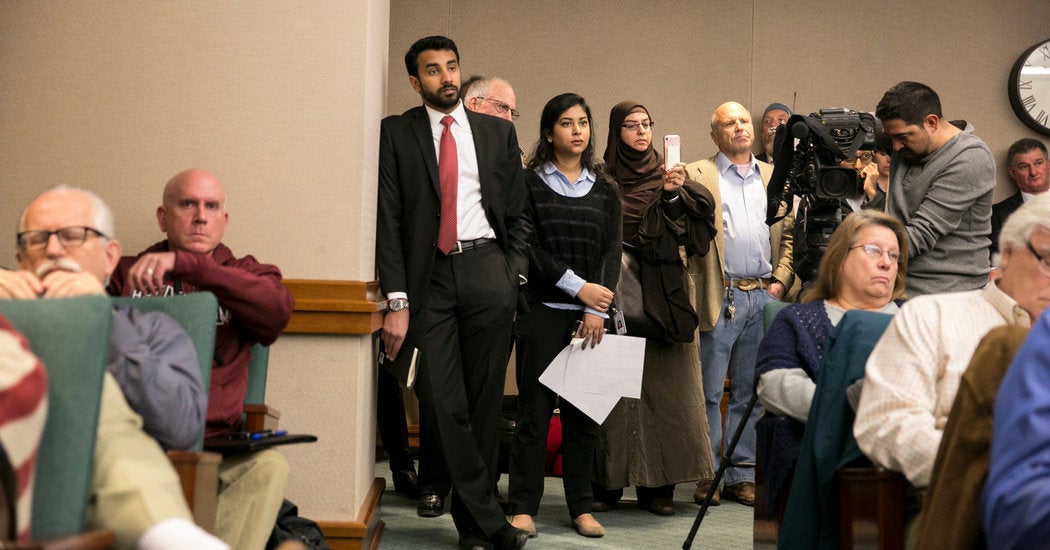 Federal Investigation Into Proposed Texas Muslim Community
May 13, 2025
Federal Investigation Into Proposed Texas Muslim Community
May 13, 2025 -
 Gaza Hostage Crisis The Enduring Nightmare For Families
May 13, 2025
Gaza Hostage Crisis The Enduring Nightmare For Families
May 13, 2025 -
 Ian Mc Kellens Advice To Lgbtq Actors
May 13, 2025
Ian Mc Kellens Advice To Lgbtq Actors
May 13, 2025 -
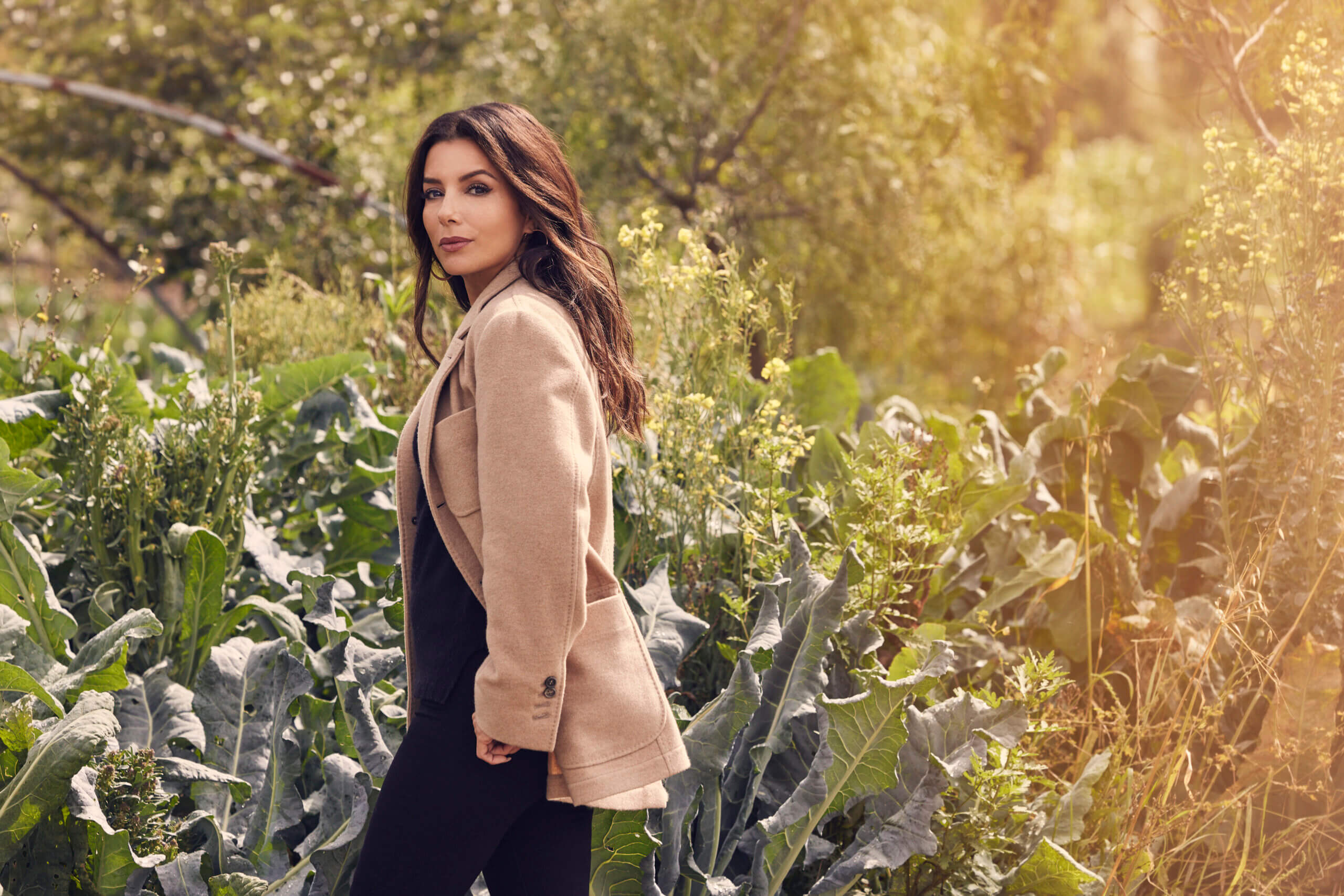 Where To Stream Eva Longorias Searching For Spain
May 13, 2025
Where To Stream Eva Longorias Searching For Spain
May 13, 2025 -
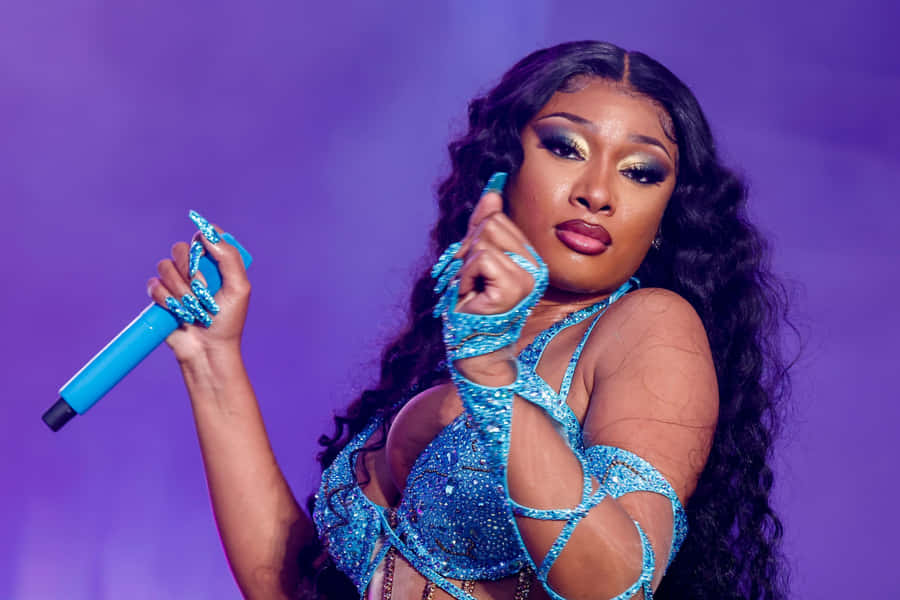 600 Breezys Comments And The Meg Thee Stallion Case A Legal And Social Analysis
May 13, 2025
600 Breezys Comments And The Meg Thee Stallion Case A Legal And Social Analysis
May 13, 2025
Latest Posts
-
 Tommy Furys Response To Jake Pauls 3 Million Fight Proposal
May 14, 2025
Tommy Furys Response To Jake Pauls 3 Million Fight Proposal
May 14, 2025 -
 Budapesten Tert Vissza Tommy Fury Jake Paulnak Szolt Fotokkal
May 14, 2025
Budapesten Tert Vissza Tommy Fury Jake Paulnak Szolt Fotokkal
May 14, 2025 -
 Tommy Furys Defeat Jake Pauls Daddy Jab And Its Implications
May 14, 2025
Tommy Furys Defeat Jake Pauls Daddy Jab And Its Implications
May 14, 2025 -
 Jake Pauls 3 Million Offer To Tommy Fury Rejected The Latest On Their Feud
May 14, 2025
Jake Pauls 3 Million Offer To Tommy Fury Rejected The Latest On Their Feud
May 14, 2025 -
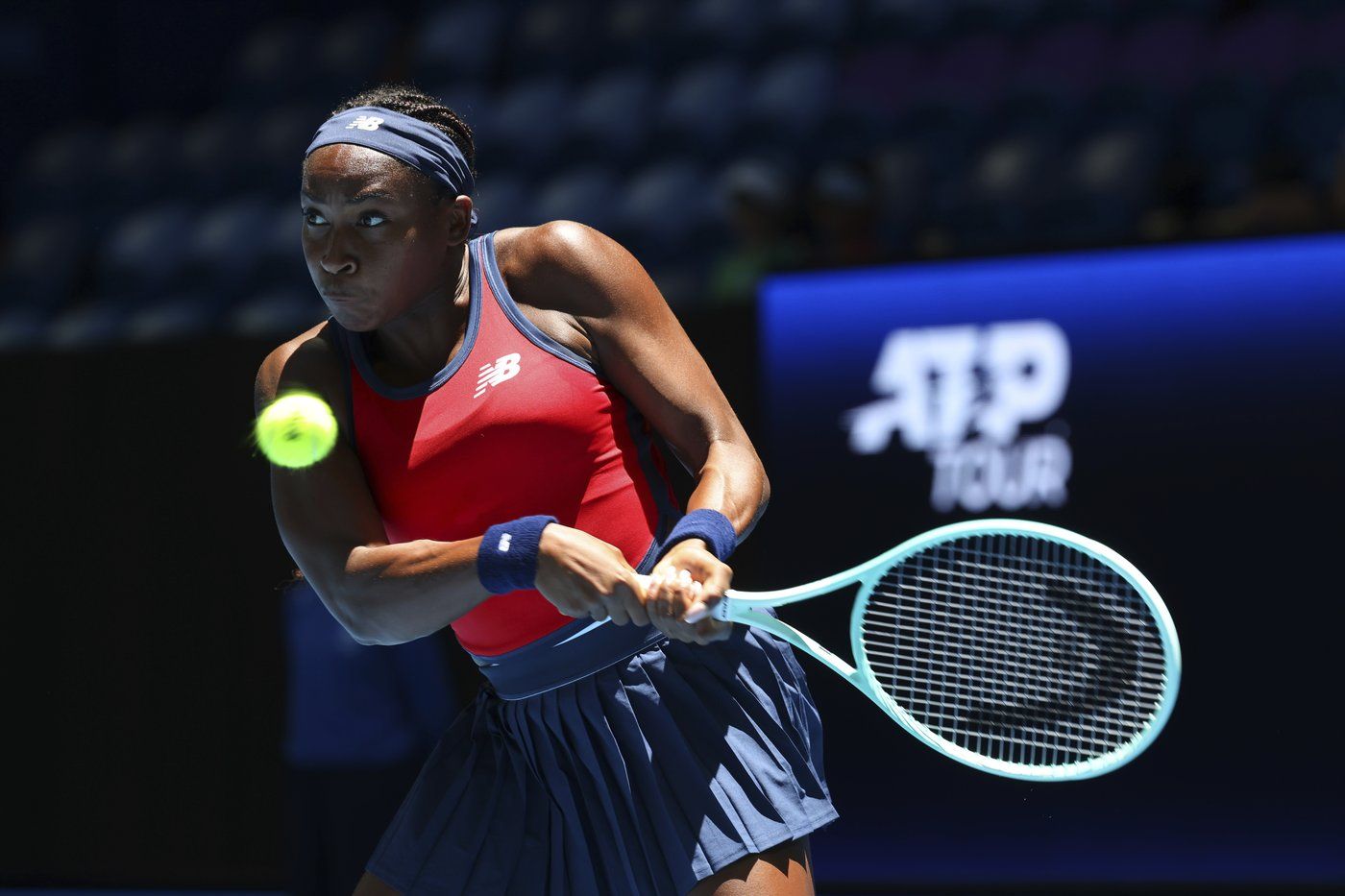 Stearns And Gauffs Path To The Rome Quarterfinals
May 14, 2025
Stearns And Gauffs Path To The Rome Quarterfinals
May 14, 2025
